Portraits of Famous Trial Lawyers: A Visual History of Legal Titans
Throughout history, certain trial lawyers have risen to iconic status, not only because of their courtroom victories but also because of their enduring images captured in portraits. These portraits, hanging in courtrooms, law schools, and public buildings, immortalize their contributions to justice. But beyond the canvas, these legal titans left a lasting imprint on the fabric of law itself.
Table of Contents
Picture this: a visitor steps into a courthouse and pauses in front of a commanding portrait. The figure gazing down from the wall is Clarence Darrow, known for defending underdogs and challenging societal norms. His furrowed brow speaks of battles fought in defense of freedom. These images offer a glimpse into the souls of legal legends, preserving their legacy for future generations. In this article, we will explore the most iconic portraits of famous trial lawyers and the stories behind them, highlighting why these visual representations matter in legal history.
Erle Stanley Gardner: The Lawyer Behind the Portrait
Though Erle Stanley Gardner is often remembered as the creator of Perry Mason, his legacy as a brilliant trial lawyer also lives on. Portraits of Gardner typically depict him as a serious yet approachable figure, capturing both his literary success and legal expertise. In these images, Gardner is variously shown with books or papers—symbols of his dual identity as both a lawyer and a prolific writer.
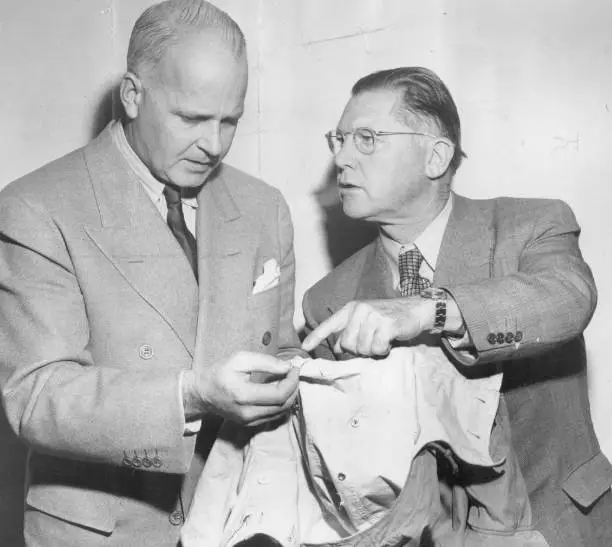
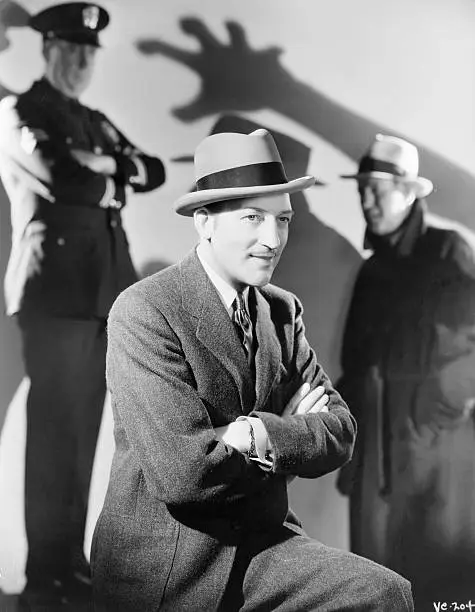
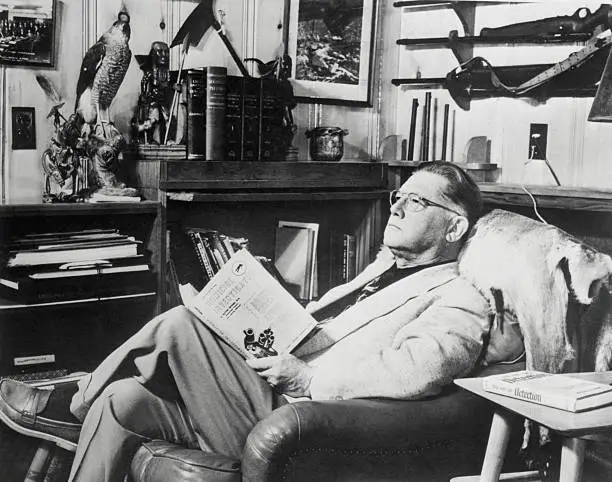
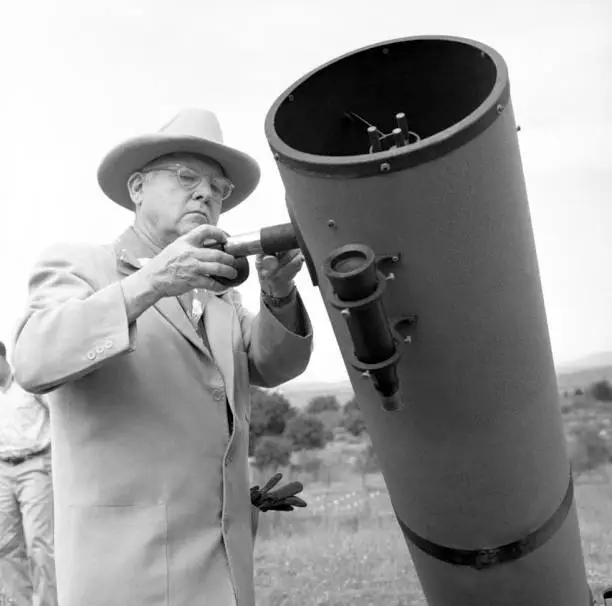
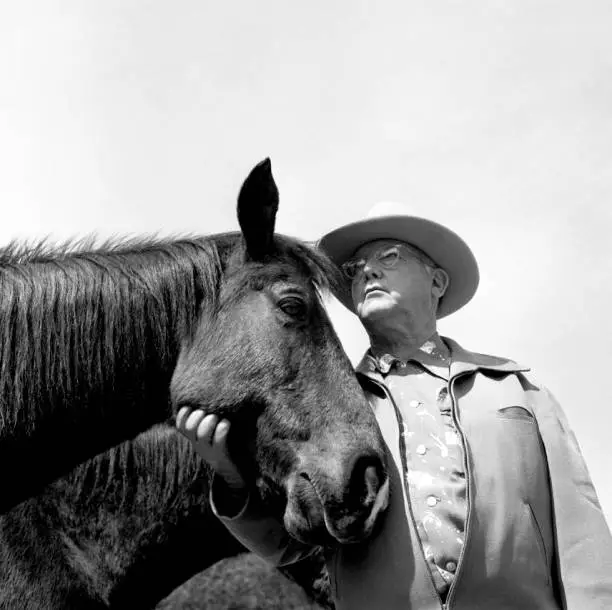
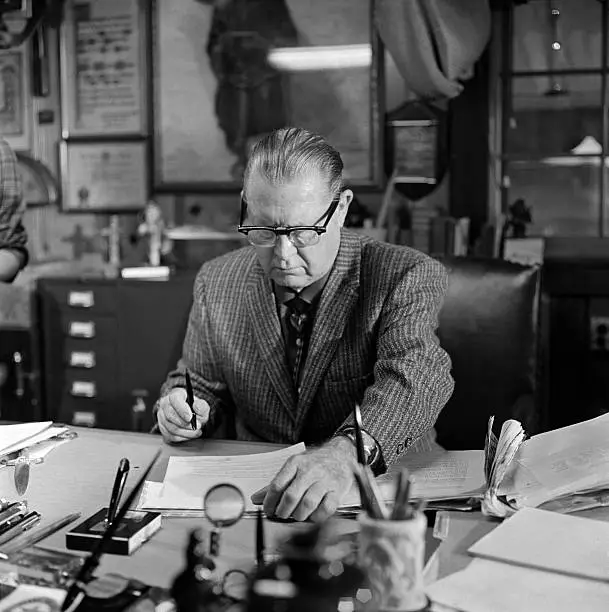
Gardner’s portrait embodies the essence of his career: a man who used his legal mind to fight for justice, particularly for those who were wrongfully accused. His courtroom experience and legal advocacy inspired countless fictional legal dramas, but the portraits of Gardner hanging in legal halls remind us that his real-world impact was just as profound. These visual depictions serve as a tribute to his dedication to the law and his commitment to using legal strategy to change lives.
Clarence Darrow: The Face of America’s Greatest Defense Attorney
Clarence Darrow’s portrait is one of the most iconic in legal history. Typically, painted or photographed with a weathered expression and disheveled hair, Darrow’s face reflects the intensity of his career defending labor unions, civil rights, and controversial clients. Darrow’s most famous case, the Scopes Monkey Trial, was a turning point in American law, and his image has become synonymous with bold, progressive legal defense.
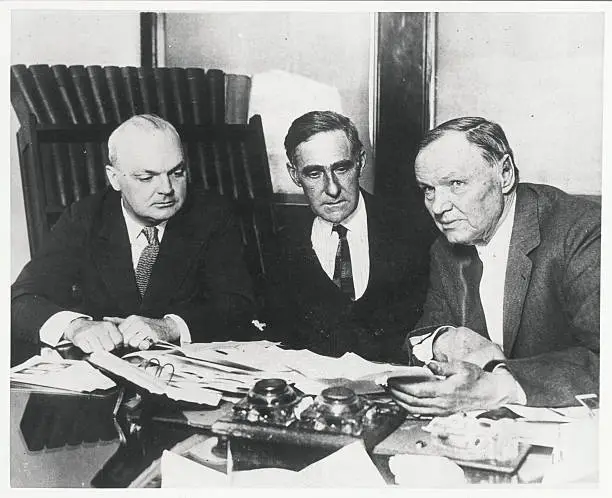
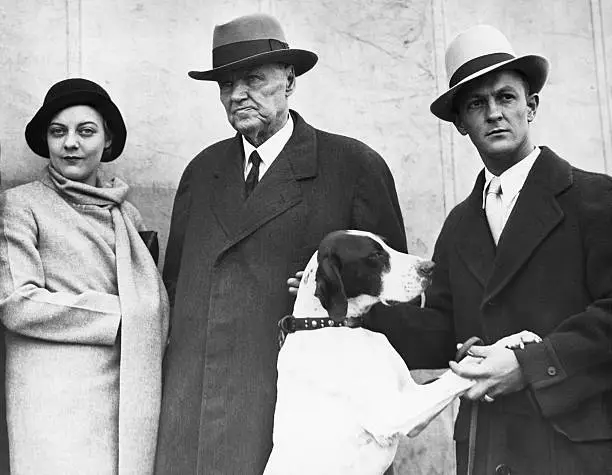
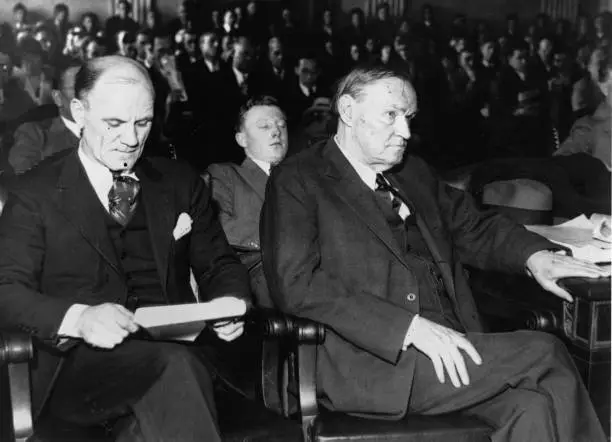
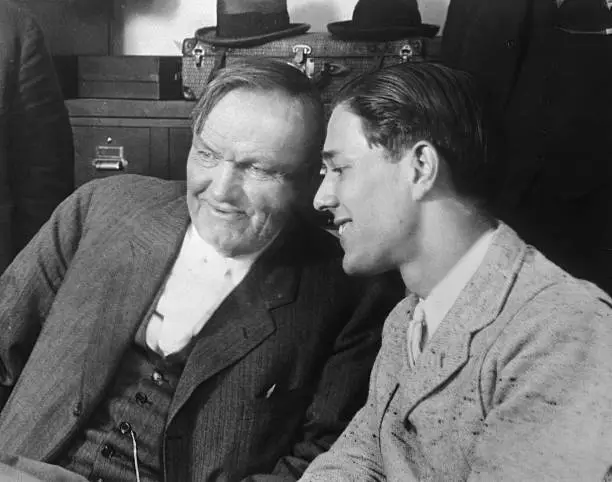
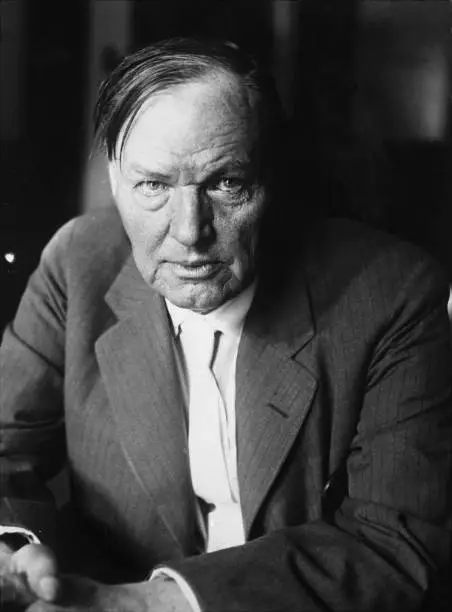
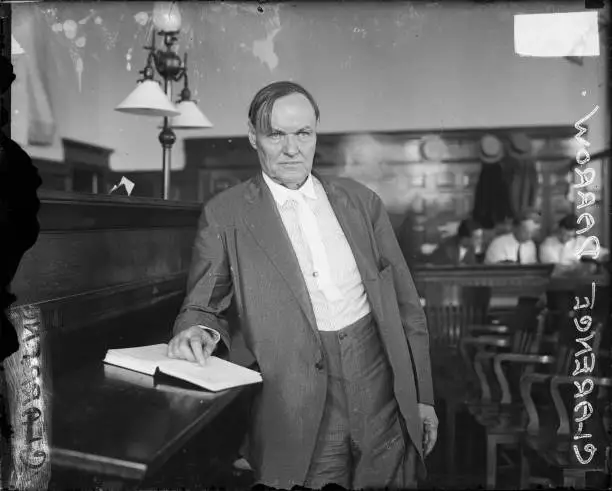
His portraits capture the essence of a man who fought not just for his clients but for the broader ideals of civil liberties and justice. Darrow’s likeness continues to hang in courtrooms and legal institutions as a reminder of the importance of challenging the status quo and fighting for fundamental human rights. The rugged, contemplative look in his portraits speaks to the internal struggles he faced while defending unpopular causes, making his image an enduring symbol of advocacy for justice.
Thurgood Marshall’s Iconic Courtroom Portrait
Thurgood Marshall’s portrait is more than just a tribute to his legacy—it’s a symbol of triumph over racial injustice. As the first African American Supreme Court Justice and a key figure in civil rights law, Marshall’s portrait often depicts him in a judicial robe, exuding a sense of dignity and quiet strength. His expression is calm, yet resolute, a reflection of his unwavering dedication to the pursuit of equality.
Related Articles For You:
What-is-business-litigation-law
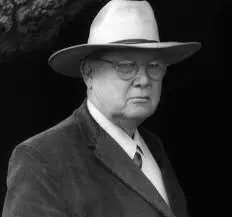
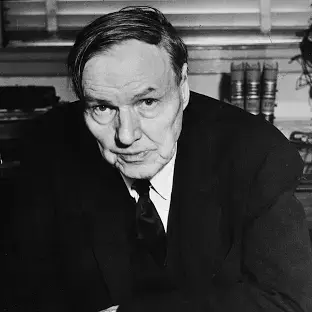
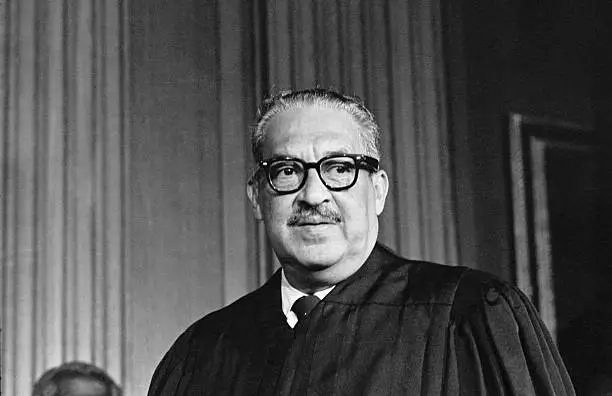
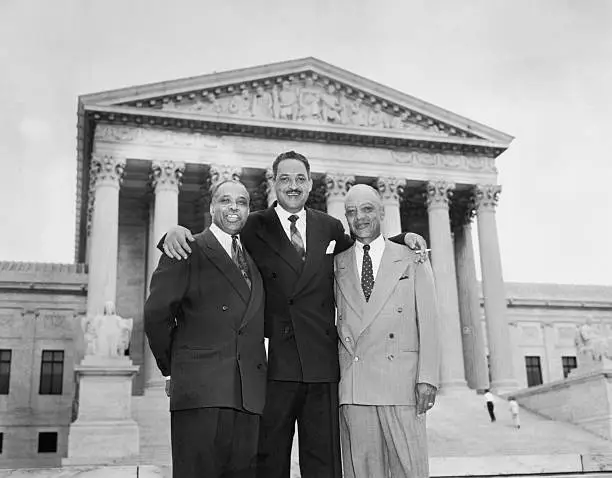
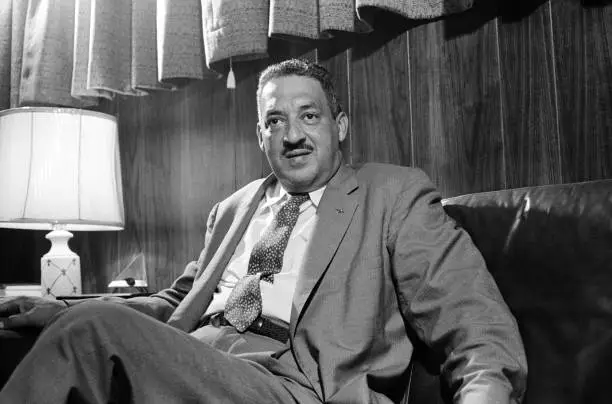
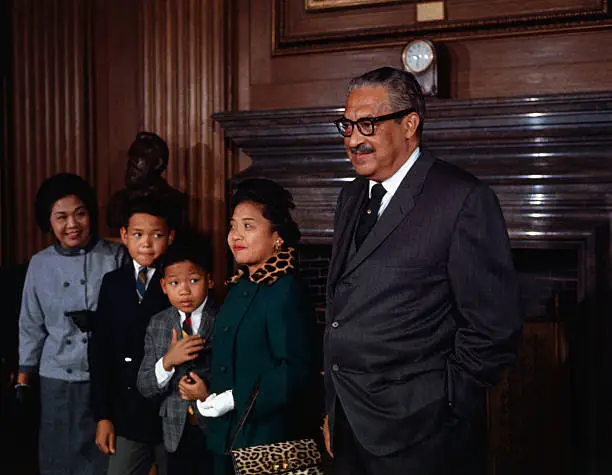
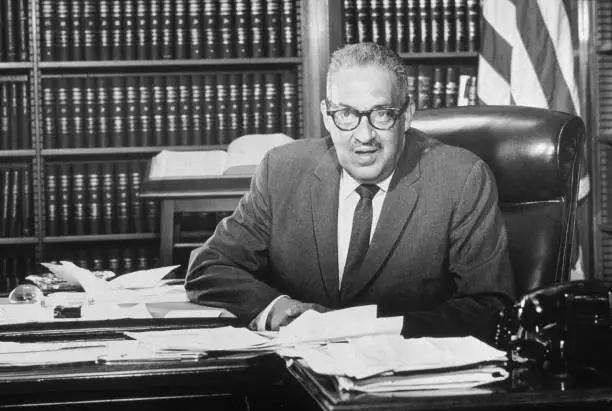
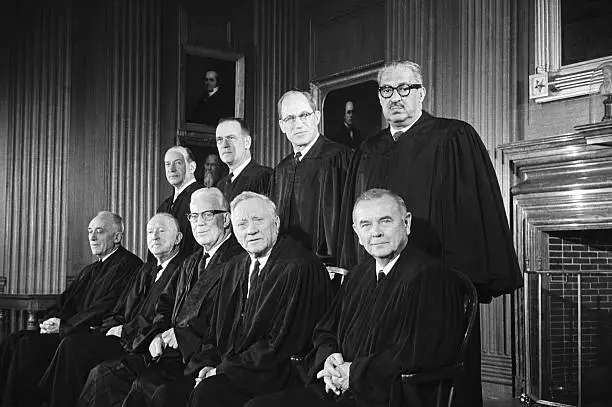
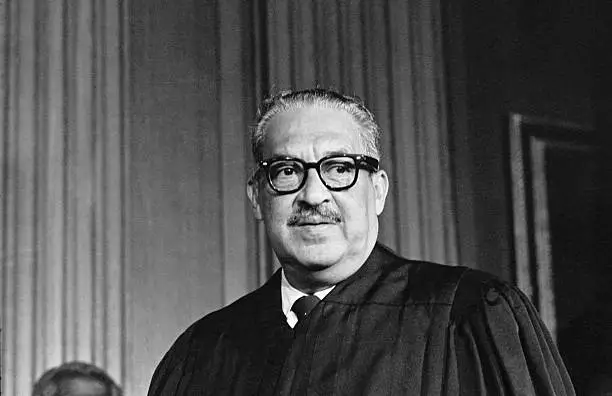
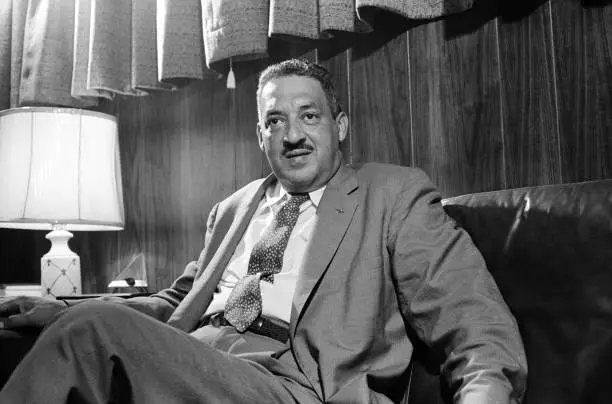
Marshall’s most famous courtroom victory, the landmark Brown v. Board of Education case, marked the end of legal segregation in public schools. His portrait is typically displayed in the very halls where critical legal decisions are made, serving as a powerful reminder of how one lawyer’s advocacy can reshape society. The significance of Marshall’s portrait lies not only in its artistry but in the profound impact he had on the legal landscape, inspiring generations of lawyers to use the law as a tool for change.
Modern Portraits of Legal Heroes
Beyond the historical figures, modern portraits of legal heroes continue to honor individuals who have left an indelible mark on the legal system. Figures like Ruth Bader Ginsburg, Sonia Sotomayor, and Bryan Stevenson have been captured in powerful portraits, reflecting their legal contributions in areas such as gender equality, immigration law, and criminal justice reform.
These portraits often employ a more contemporary style, using bold colors or dynamic postures to reflect the evolving nature of the legal profession. Portraits of Ginsburg, for example, frequently emphasize her dissent collar, a symbol of her fierce commitment to justice and equality. Meanwhile, Bryan Stevenson’s portrait regularly emphasizes his dedication to fighting systemic injustice through his work with the Equal Justice Initiative. These modern depictions help to preserve the legacies of today’s legal heroes while highlighting the ongoing evolution of the profession.
The Art and Significance Behind Legal Portraiture
Portraits of trial lawyers are more than just artistic representations; they serve as cultural artifacts that encapsulate the contributions of legal professionals to history. The style and composition of these portraits frequently reflect the societal values and legal challenges of their time. For example, in the early 20th century, portraits of trial lawyers like Darrow emphasized grit and determination, reflecting the turbulent social and legal battles of the era.
In contrast, modern legal portraits often incorporate symbols of broader social justice movements, such as portraits of Marshall or Ginsburg, which emphasize their roles in dismantling systemic inequalities. The significance of legal portraiture lies in its ability to convey not just the likeness of a lawyer but also their philosophical approach to law, their advocacy, and the societal impact they achieved.
These portraits offer more than mere decoration; they are visual tributes to the men and women who have shaped the legal system and influenced how we perceive justice today. They immortalize the triumphs and struggles of legal legends, ensuring their contributions are remembered and revered for generations to come.
Conclusion
The portraits of famous trial lawyers are powerful visual narratives that capture the essence of legal history. From Erle Stanley Gardner’s blend of literary and legal expertise to Clarence Darrow’s battle-worn face and Thurgood Marshall’s dignified presence, these images reflect the triumphs and struggles of the legal giants. They fought to shape the world as we know it. In each portrait, we find not just a face but a story—a legacy of justice, advocacy, and the relentless pursuit of truth. As new legal heroes emerge, their portraits will continue to inspire future generations to uphold the values of fairness and equality.
Related Articles For You:
Clarence Darrow: America’s Greatest Trial Lawyer
Top 10 Trial Lawyers Who Changed Legal History
FAQs
Why are portraits of trial lawyers so significant in legal history?
Portraits of trial lawyers serve as a visual reminder of their contributions to justice and society. These images encapsulate the struggles and achievements of legal professionals who fought to protect civil liberties, challenge unfair laws, or defend marginalized clients, leaving a lasting impact on the legal system.
How have modern legal portraits evolved compared to historical ones?
Modern legal portraits often incorporate contemporary symbols or artistic styles, reflecting broader social movements such as gender equality and criminal justice reform. While historical portraits emphasized the lawyer’s character and courtroom presence, modern depictions highlight their roles in shaping societal change and justice.
Where can one typically find portraits of famous trial lawyers?
Portraits of famous trial lawyers are often displayed in courthouses, law schools, and public institutions. These locations serve as fitting venues for honoring the legacy of legal professionals and educating the public and aspiring lawyers about their historical significance.
About the Author
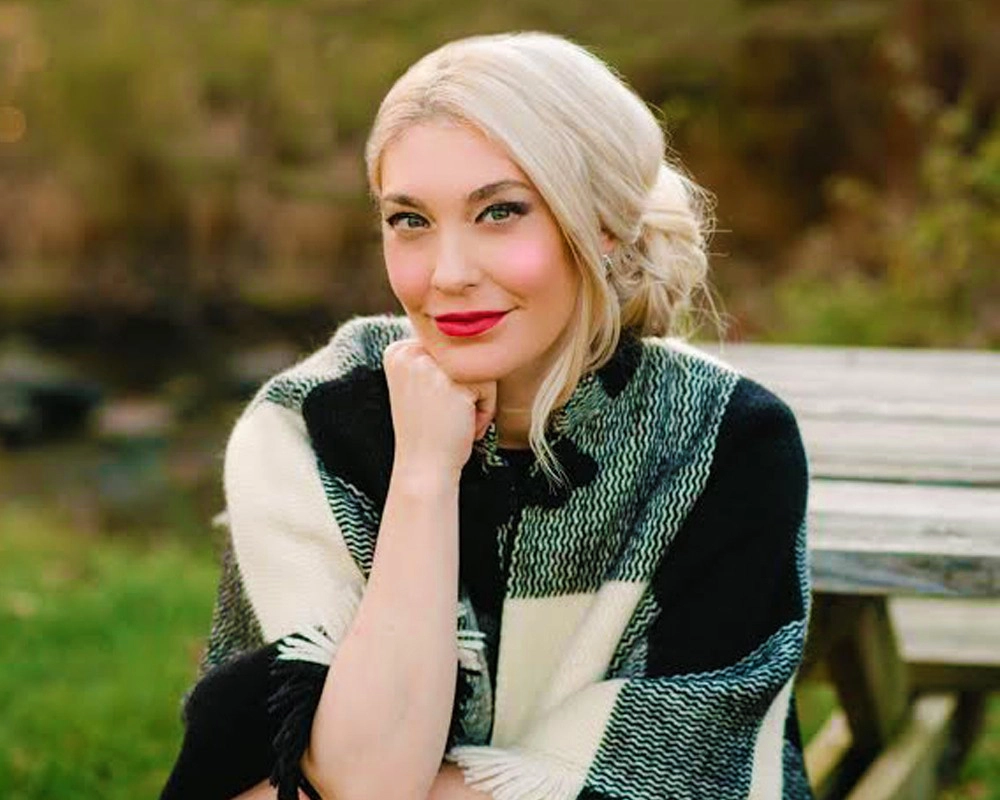
Sarah Klein, JD, is a licensed attorney and legal content strategist with over 12 years of experience across civil, criminal, family, and regulatory law. At All About Lawyer, she covers a wide range of legal topics — from high-profile lawsuits and courtroom stories to state traffic laws and everyday legal questions — all with a focus on accuracy, clarity, and public understanding.
Her writing blends real legal insight with plain-English explanations, helping readers stay informed and legally aware.
Read more about Sarah
